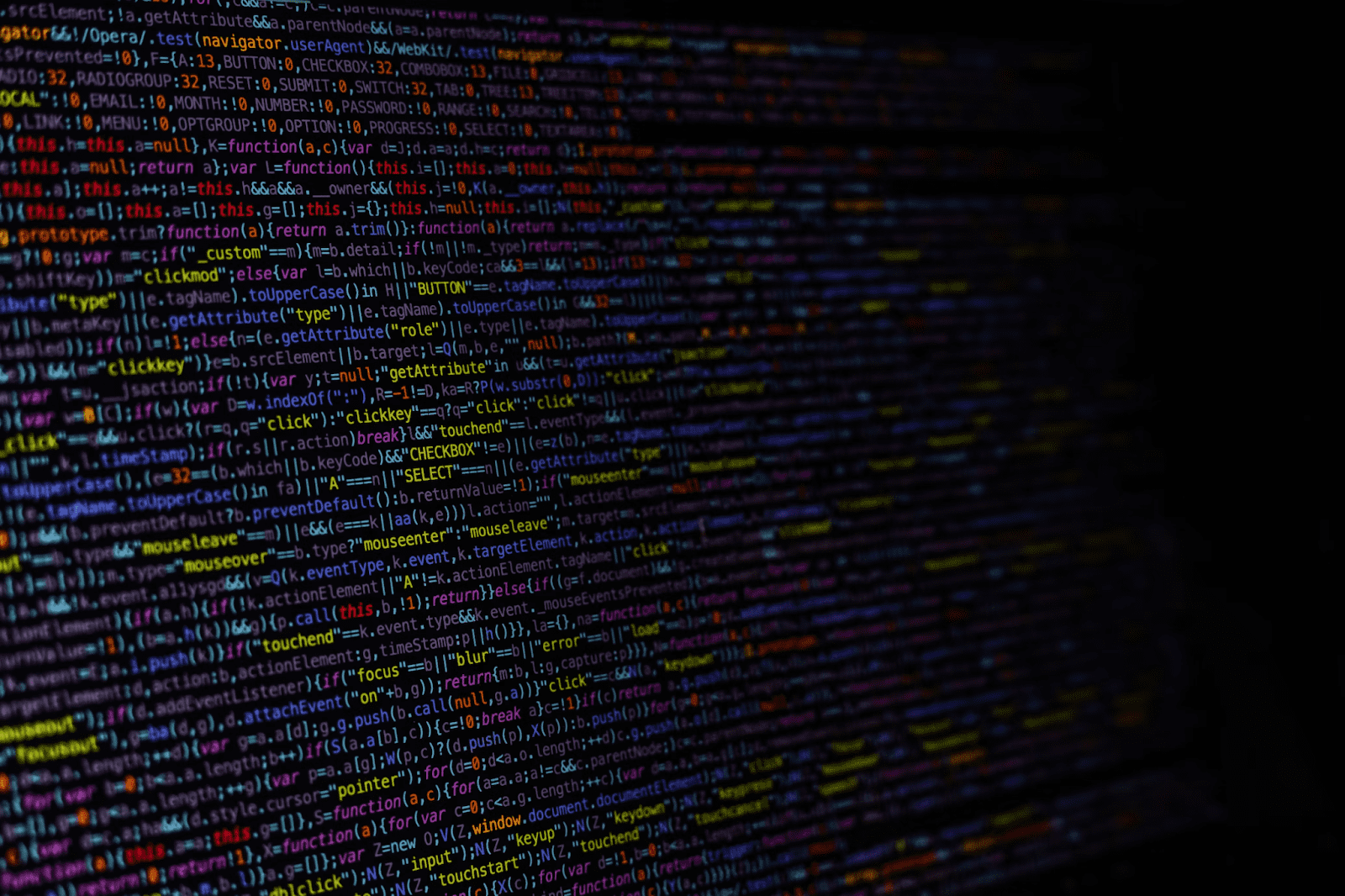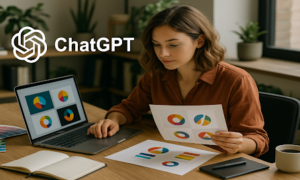As blockchain platforms become increasingly prevalent across various sectors, discussions around audits have intensified. While blockchains undoubtedly enable all manner of wonderful things like decentralized transactions, they remain susceptible to hacking and infiltration (whether you want to believe it or not). Several common security issues plague current blockchain networks, including a range of smart contract vulnerabilities, functional problems, and, increasingly, issues with third-party integrations. Despite these risks, many systems have yet to undertake rigorous independent security audits to systematically ensure they are secure and do the job they were created to perform. Though automated auditing protocols exist, manual audits by security experts remain the most thorough option for those serious about their chains. This article will provide an overview of why these audits are required and how they are conducted.
What Are Blockchain Audits, And Why Are They Required?
As mentioned in the introduction, the need for rigorous security audits has become more apparent as blockchain adoption expands even into seemingly unrelated industries. While blockchain’s decentralized nature provides inherent security benefits, vulnerabilities still exist that can lead to exploits if left unaddressed. According to the security professionals at hashlock.com.au, it is a multi-faceted approach in which the owner of the blockchain is made aware of any inconsistencies and has a solid plan to fix those that might cause issues. Manual code reviews by teams of blockchain security experts represent the most in-depth approach since they can meticulously verify all aspects of the contract logic line by line to identify any weaknesses. Auditors also conduct tests to verify proper system functionality and model attacks. Though slow and expensive, these manual audits remain the gold standard for verifying the reliability and security of blockchain platforms. A blockchain audit will likely uncover a raft of issues you might be unaware of, which could cause serious problems if left unaddressed.
How Are They Performed?
An audit of a blockchain is similar to any other audit in the sense that it requires a keen eye and a diligent approach to problem-solving. However, because of the complex nature of blockchains, audits can involve various other aspects not needed in other disciplines.
Identifying Audit Scope And Objectives
Clearly defining the scope and goal of any audit is crucial for ensuring a focused, efficient process. Auditors first need to determine which specific component and functions will be evaluated, which in this case could include:
- Smart contracts
- Consensus mechanisms
- APIs
- Data integrity
- Access controls
The scope may be broad, encompassing the entire network, or narrow, targeting only keratin high-risk areas. Additionally, they need to establish specific objectives, whether that involves evaluating security, functionality, performance, or regulatory compliance. Well-defined scope and objectives enable auditors to allocate resources effectively, minimize disruption for clients, and provide the most valuable recommendations.

Data Collection And Analysis
Another critical factor of this process is thoroughly collecting and analyzing the various data that come from a raft of well-thought-out tests. Data analysis enables auditors to understand the blockchain’s architecture, mechanics, and usage patterns. Powerful analytics tools help process massive datasets to detect abnormalities and risks. Auditors mainly focus on transactions, studying patterns and volumes to uncover suspicious activities. Without correctly gathering data points, an audit would be unable to deliver actionable insights, rendering the entire process moot.
Verification Of Blockchain Transactions
While the underlying idea of a decentralized ledger is to provide inherent immutability, auditors still need to verify that all record transactions are valid. They should not assume all data on a blockchain is accurate or compliant with regulation simply because it is produced by a blockchain. To ensure maximum viability, transaction details must be scrutinized for any unauthorized activity that could place the entire network in jeopardy. Additionally, auditors must evaluate whether consensus mechanisms and smart contracts execute transactions as intended.
Identification Of Control Gaps
A critical objective during in-depth audits is pinpointing areas where controls are lacking or simply inadequate. Identifying these so-called control gaps enables an auditing firm to provide targeted recommendations for enhancing the very things that a blockchain was designed to provide: reliability, resilience, and compliance.
Recommendation Of Corrective Actions
Once the audit has been completed, the organization carrying it out will present its findings as comprehensively as possible to its client. These findings should include not only the issues that were uncovered but also actionable tips on how to remedy the issues and get the network back to a position where it is able to carry out transactions securely.
As the blockchain industry continues expanding rapidly, the need for rigorous security auditing will grow increasingly important. When conducted properly, audits can significantly strengthen accountability, security, and trust in blockchain platforms. Their value is essential for fostering the mainstream adoption of this innovative technology.



































